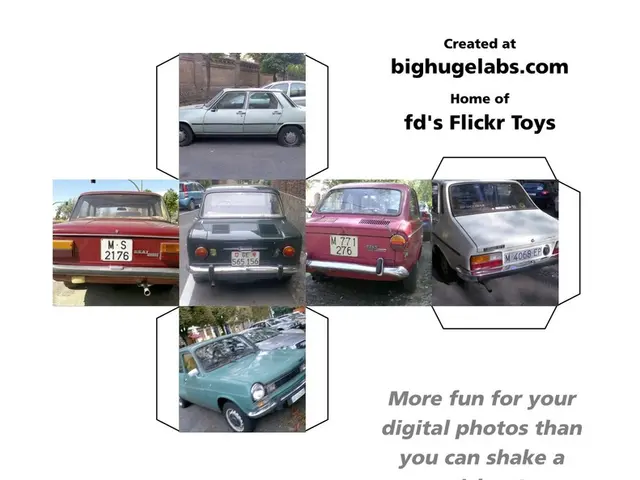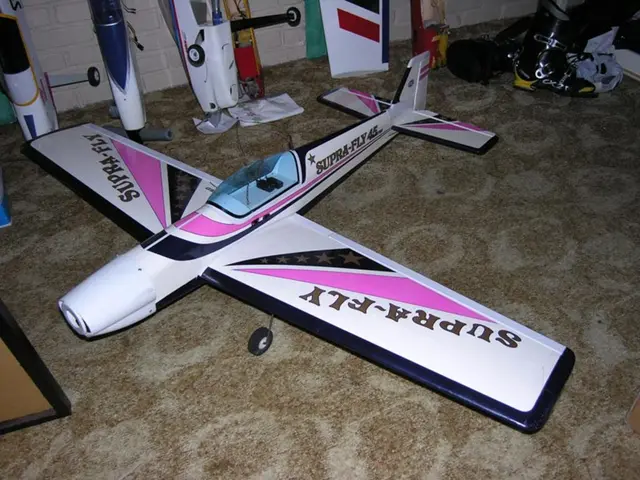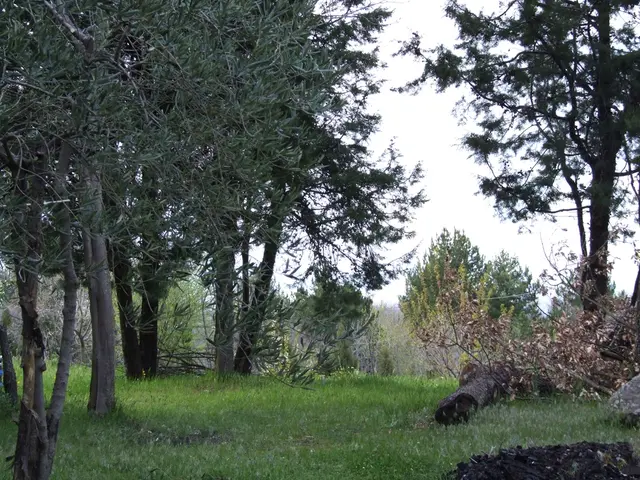Unveiling Drone Uses: Exploring Six Unexpected Applications Recently Revealed
In the ever-evolving world of agriculture, drones are making a significant impact, transforming the way crops are sprayed with pesticides, herbicides, and fertilizers. This precision agriculture approach is set to minimize chemical waste, reduce environmental impact, and boost crop yields.
The Power of Precision
Drones, equipped with advanced sensors and AI, can detect wind velocity and adjust spray patterns automatically. This ensures a safe speed and consistent coverage, reducing the risk of over- or under-treatment. The ultra-low volume application systems on modern drones deliver chemicals exactly where needed, cutting chemical use and promoting sustainability.
Targeted Treatment
Pesticides are used to control insects and other pests threatening crops, while herbicides are applied to eliminate or control weeds without harming the crops. Fertilizers are delivered to optimize nutrient supply exactly where it's needed. Drones like the DJI Agras T40, XAG V40, and AIRBOARD AGRO are designed for these tasks, featuring terrain-following systems and precision nozzles to ensure uniform distribution and efficiency.
Benefits Beyond the Field
This technology is particularly valuable in fields with difficult terrain or specialty crops such as vineyards and orchards, where traditional ground spraying is challenging. Drones also extend their reach beyond crop treatment. They help protect beneficial insects and soil microorganisms that conventional spraying often destroys. Drones can even seed forests, disperse oil dispersants during spill cleanups, and fight wildfires by spraying fire retardants.
A Sustainable Future
Modern agricultural drones can cover large fields quickly while using less product than traditional spraying methods. Advanced mapping software analyses field conditions in real-time, allowing operators to adjust spray rates based on specific crop needs and soil variations. Enhanced training programs and stricter compliance with regulatory guidelines will become necessary for safe, efficient operations.
Looking ahead, regulations may adapt to allow Beyond Visual Line of Sight (BVLOS) operations and swarm technologies. In 2025, drone spraying technology will see major upgrades, with increased payload capacities and advanced sensors. The future of drone delivery connects to these agricultural advances, as similar navigation and payload technologies drive both sectors forward.
In conclusion, drones in precision agriculture are revolutionizing the way we treat crops, promoting sustainability, and enhancing efficiency. By using pesticides, herbicides, and fertilizers with pinpoint accuracy, we can minimize chemical waste, protect the environment, and maximize crop yields.
[1] Drone Technology in Agriculture: A Comprehensive Guide
[2] The Role of Drones in Modern Agriculture
[3] Top 5 Drones for Agriculture in 2021
[4] Precision Agriculture: The Future of Farming
[5] How Drones are Changing the Face of Agriculture
Read also:
- AI Inspection Company, Zeitview, Secures $60 Million Funding for Expansion
- Toyota's Q1 Financial Shift: Reason Behind Profit Dip Yet Hybrid Growth, and Rapid Advancement Towards Net Zero Emissions Goals
- Exporo's Strategy to Boost Impact Investing
- Roseville City Adopts Intelligent Charging System for its Electric Bus and Vehicle Operations, Courtesy of BetterFleet








